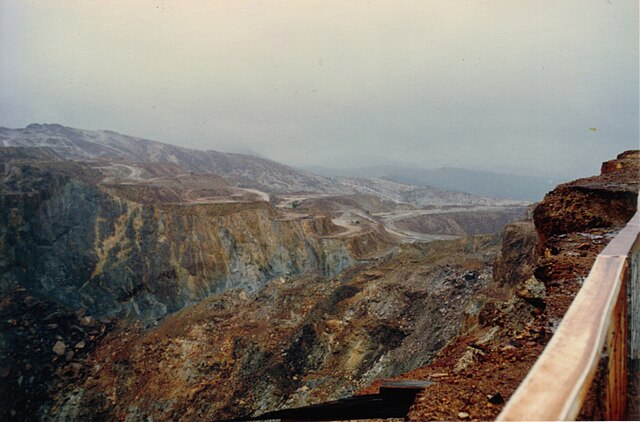Irrigation is a widespread practice required in many areas of Australia, the driest inhabited continent, to supplement low rainfall with water from other sources to assist in growing crops and pasture. Overuse or poor management of irrigation is held responsible by some for environmental problems such as soil salinity and loss of habitat for native flora and fauna.
Centre pivot irrigation near Euberta in the Riverina region of New South Wales
A diesel irrigation pump in Mildura, Victoria.
Irrigation in New South Wales during the 1920s
Memorial marking the site of the first commercial rice crop in the Murray valley at Tullakool, New South Wales
The Australian environment ranges from virtually pristine Antarctic territory and rainforests to degraded industrial areas of major cities. Forty distinct ecoregions have been identified across the Australian mainland and islands. Central Australia has a very dry climate. The interior has a number of deserts while most of the coastal areas are populated. Northern Australia experiences tropical cyclones while much of the country is prone to periodic drought. This dry and warm environment and exposure to cyclones, makes Australia particularly vulnerable to climate change -- with some areas already experiencing increases in wildfires and fragile ecosystems.
Mountains near Queenstown, Tasmania, completely denuded of vegetation through effects of mining





